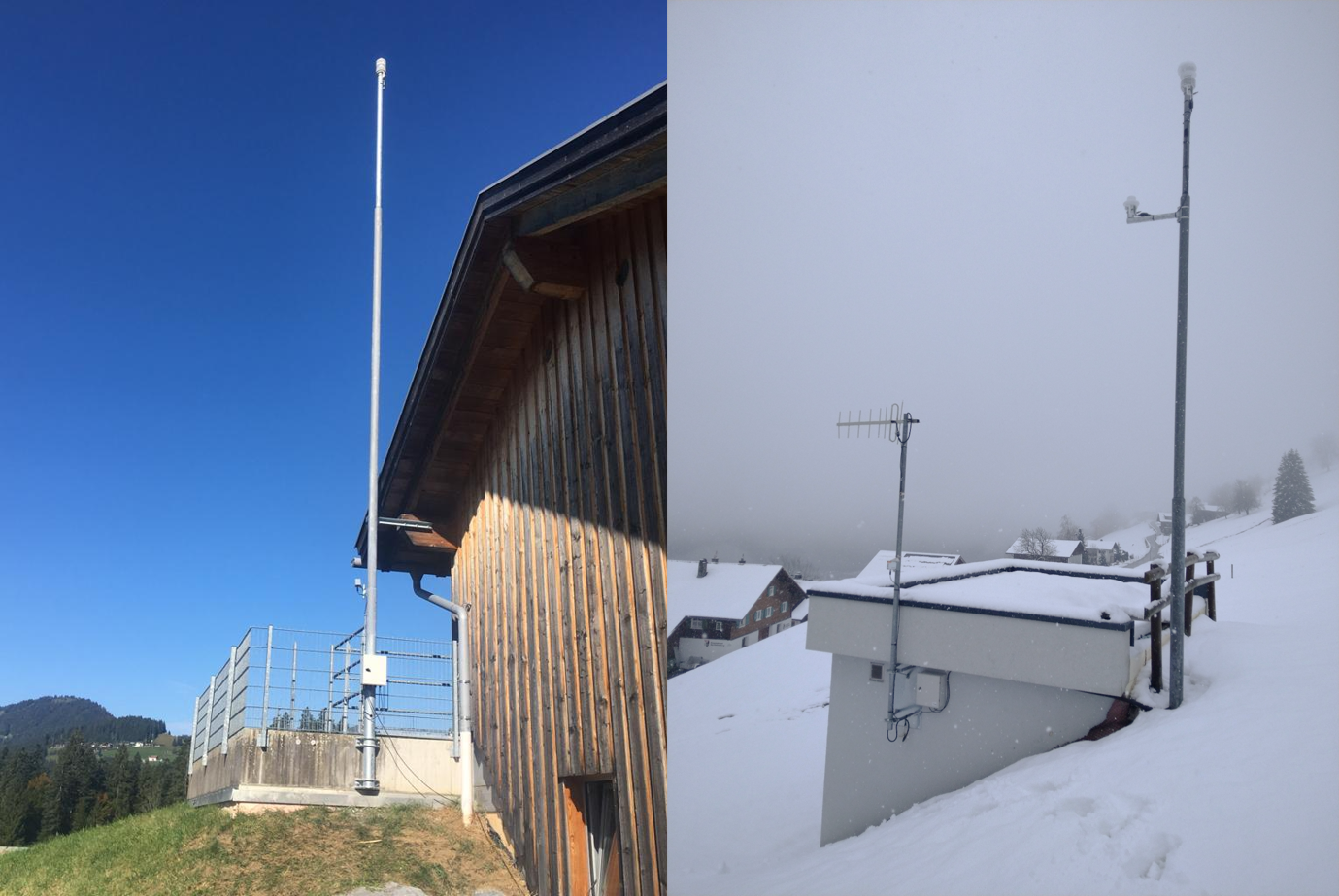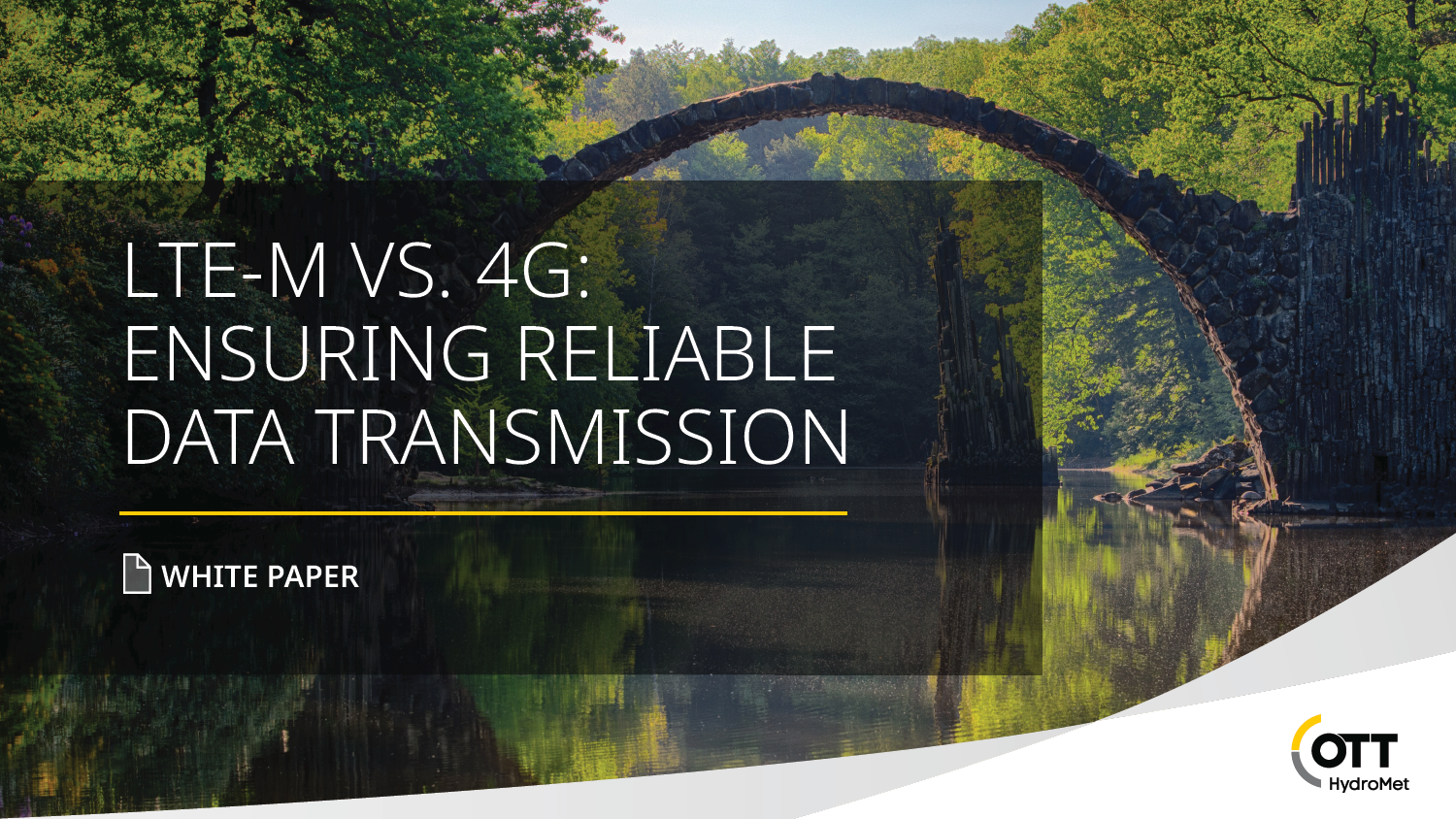Solar and hydropower are two pillars of the global renewable energy mix, but their true potential emerges when they work together. Research from the U.S. National Renewable Energy Laboratory suggests that hybrid systems combining these sources could unlock energy outputs in the range of thousands of terawatts. A game changer for sustainable power generation.
At the core of this innovation is floating photovoltaic (FPV) technology. Unlike traditional solar arrays mounted on land or rooftops, FPV systems are engineered to float on water bodies such as reservoirs, lakes, and even hydropower dams. This design not only maximizes unused surface area but also improves efficiency: water naturally cools the panels, reducing thermal losses and boosting energy yield. When integrated with hydropower infrastructure, FPV creates a synergistic system that stabilizes power output, optimizes grid flexibility, and minimizes land-use conflicts.
One of the leading research institutes, Fraunhofer ISE has developed a comprehensive measurement concept for FPV operations, wind direction, and water level.
Why Environmental Monitoring Matters for FPV
FPV plants operate in unique environments where both solar performance and water ecology must be considered. To ensure efficiency and environmental safety, Fraunhofer ISE’s approach monitors key parameters on three levels:
- PV Level: Solar irradiance, module temperature, and other performance indicators that influence energy yield.
- Water Level: Temperature, oxygen content, chlorophyll, and water level to better assess changes in the water reservoir and safety of the mooring and anchoring systems.
- Ambient Level: wind speed, wind direction for structural safety, energy performance, and operational reliability.
The process begins with site-specific and system-specific planning. Fraunhofer ISE designs tailored sensor layouts and selects critical components – such as weather stations and energy meters – based on project requirements. Accuracy and data resolution are assessed upfront to guarantee reliable insights. Next, design criteria are defined collaboratively with project partners. Finally, all findings are consolidated in an annual report, offering a comprehensive view of system performance and potential impacts on the water body.
This project demonstrates how advanced monitoring solutions can unlock the full potential of floating PV while safeguarding aquatic ecosystems. By combining solar performance data with water quality metrics, we create a win-win for energy and the environment.
Udo Kronmüller, Application Development Manager OTT HydroMet
The Role of Pyranometers and All-In-One Weather Stations in FPV Monitoring
Pyranometers, like the Kipp & Zonen SMP10 used by Fraunhofer ISE, are critical for measuring solar irradiance with high precision. This data ensures accurate performance analysis and helps optimize energy yield.
The All-In-One Weather Stations, such as Lufft WS200 weather station, complements this by capturing wind speed, and wind direction – factors that influence both PV efficiency and structural safety.
Together, these instruments form the backbone of reliable FPV monitoring.
Expanding Capabilities: Hydrological Sensors
Beyond PV and weather data, understanding hydrological changes in the reservoir is vital, thus water quality and water level sensors that can be integrated into the system. Such sensors, like OTT PLS500 and Hydrolab Water Quality Sondes enable monitoring of parameters like water temperature, oxygen levels, and chlorophyll content – providing a holistic view of environmental conditions and supporting sustainable FPV deployment.
Ready to Elevate Your FPV Monitoring?
Harness the power of precision with OTT HydroMet’s advanced sensor solutions. Whether you’re optimizing solar performance or protecting aquatic ecosystems, our technology ensures reliable, actionable insights.


